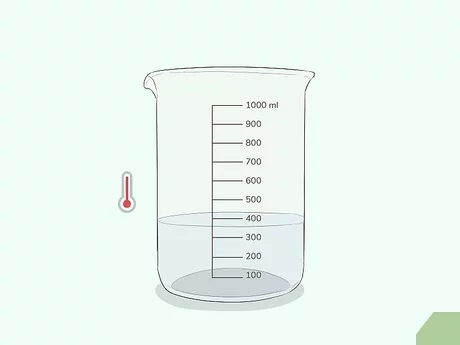3 Ways to Demonstrate Charles’s Law

Introduction:
Charles’s Law, also known as the law of volumes, is an experimental gas law that describes how gases tend to expand when heated. It establishes a direct relationship between the temperature and volume of a gas when pressure is held constant. Several experiments can elegantly demonstrate the behavior described by Charles’s Law. In this article, we will explore three ways to demonstrate Charles’s Law in a simple and accessible manner.
1. Balloon Experiment:
The balloon experiment is one of the easiest and most visually appealing ways to demonstrate Charles’s Law.
Materials:
– A balloon
– A container large enough to hold the balloon (an insulated cooler or bucket)
– Hot water
– Cold water
– Ice (optional)
Procedure:
1. Fill the container with either hot or cold water.
2. Inflate the balloon and tie it closed.
3. Submerge the inflated balloon in the hot water; observe how it expands.
4. Submerge the inflated balloon in the cold water; observe how it contracts.
When a gas-filled balloon is heated, its volume expands due to increased kinetic energy of gas particles, which take up more space. Conversely, when cooled, gas particles lose kinetic energy, taking up less space and causing the volume to contract.
2. Syringe Experiment:
The syringe experiment demonstrates Charles’s Law using a few easy-to-source materials.
Materials:
– A 10 mL syringe (with a Luer Lock)
– A small rubber gasket
– Hot tap water
– Ice water
Procedure:
1. Remove any residual air from the syringe by depressing its plunger fully.
2. Using a Luer Lock, cap off the nozzle of the syringe.
3. Place a rubber gasket beside either hot or cold tap water for a few minutes to reach its temperature.
4. Pull out the plunger on your syringe to fill the vacuum with air.
5. Put the rubber gasket on the plunger end of the syringe and pressurize the syringe’s contents by firmly closing it.
6. Immerse the syringe assembly in hot water and observe volume expansion, then do the same with cold water and observe volume contraction.
3. Boiling Water in a Paper Cup Experiment:
This experiment highlights how an increase in temperature leads a gas’ volume to expand adequately so that, when heated, water can boil inside a paper cup without destroying it.
Materials:
– A paper cup
– Water
– Tongs
– Heat source (e.g., candle, portable butane/oil burner, or gas stove)
Procedure:
1. Fill the paper cup halfway with water.
2. Using the tongs, hold the paper cup over your heat source.
3. Keep holding until you see signs of boiling, such as bubbles forming at the bottom of the cup.
4. Observe how, despite being exposed to direct heat, the paper cup doesn’t burn.
In this demonstration, when water is heated and brought to a boil, vapor forms – filling any space left within the paper cup. Due to Charles’s Law, this increased temperature and subsequent expansion of gases results in their taking up more space – dissipating heat from critical points of potential ignition.
Conclusion:
These three experiments provide straightforward ways to demonstrate Charles’s Law using common materials. They offer opportunities for students and science enthusiasts alike to gain a better understanding of gas behavior when heated or cooled under constant pressure. By carrying out these experiments and observing their outcomes first-hand, people can develop a deep appreciation for Charles’s Law and its impacts throughout chemistry and thermodynamics.






